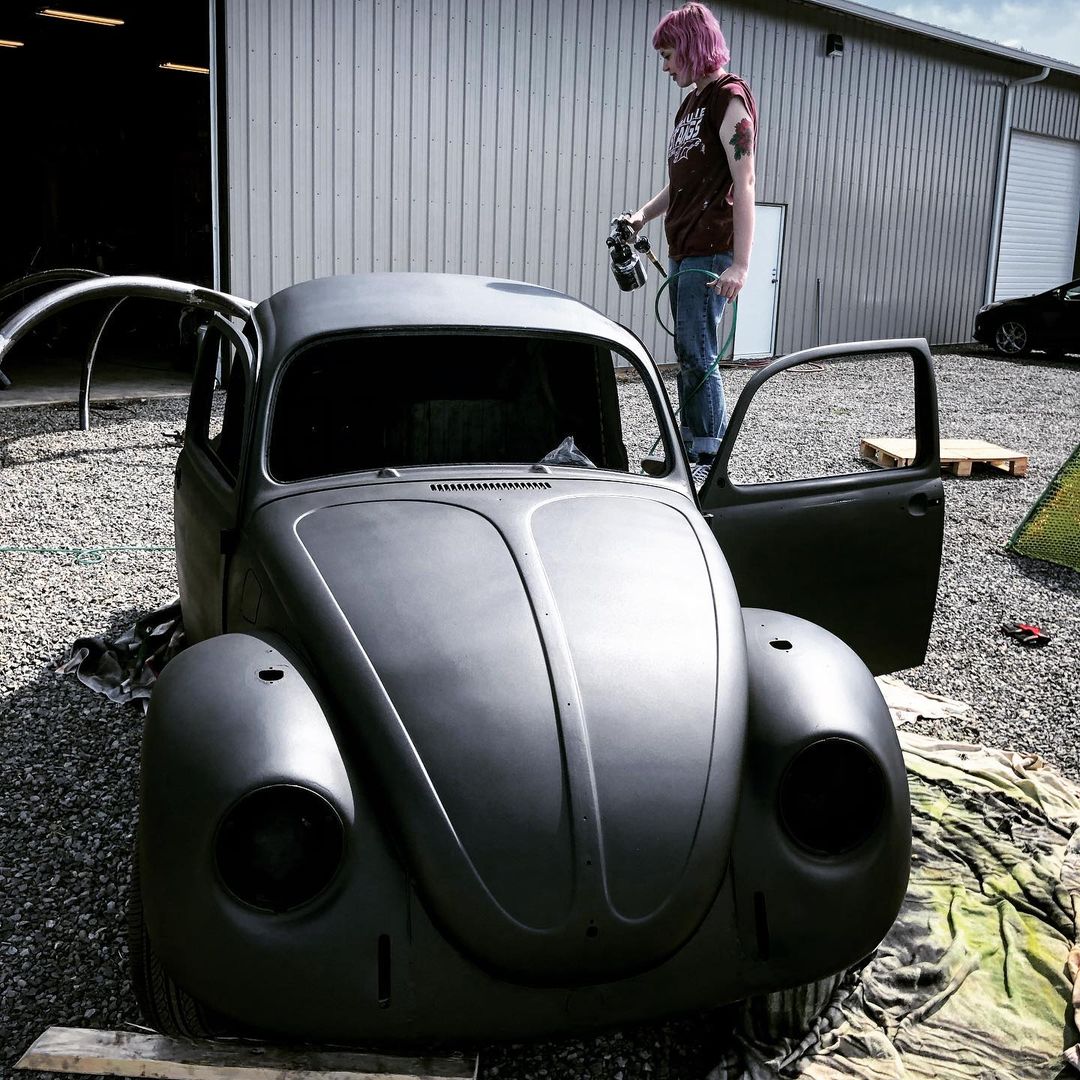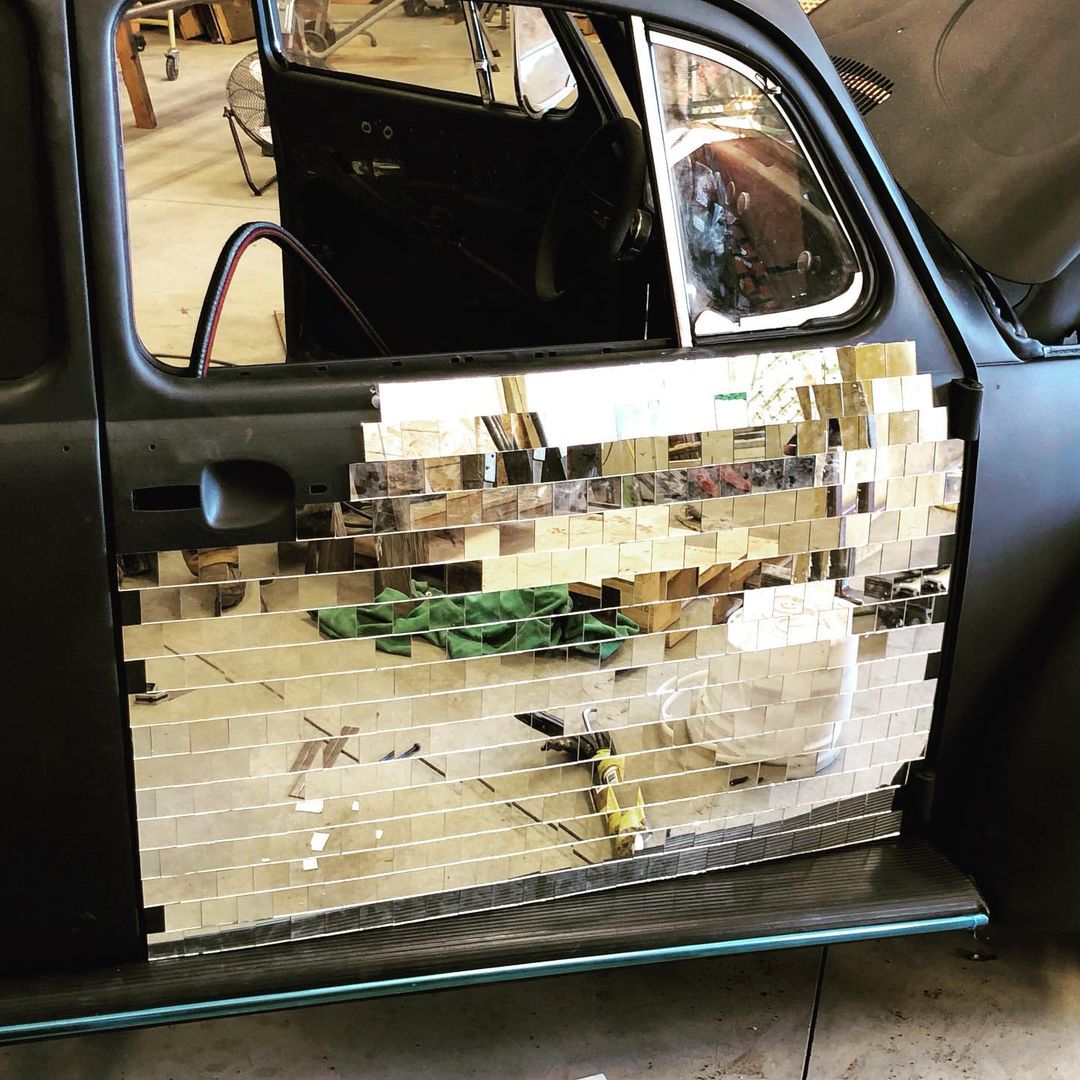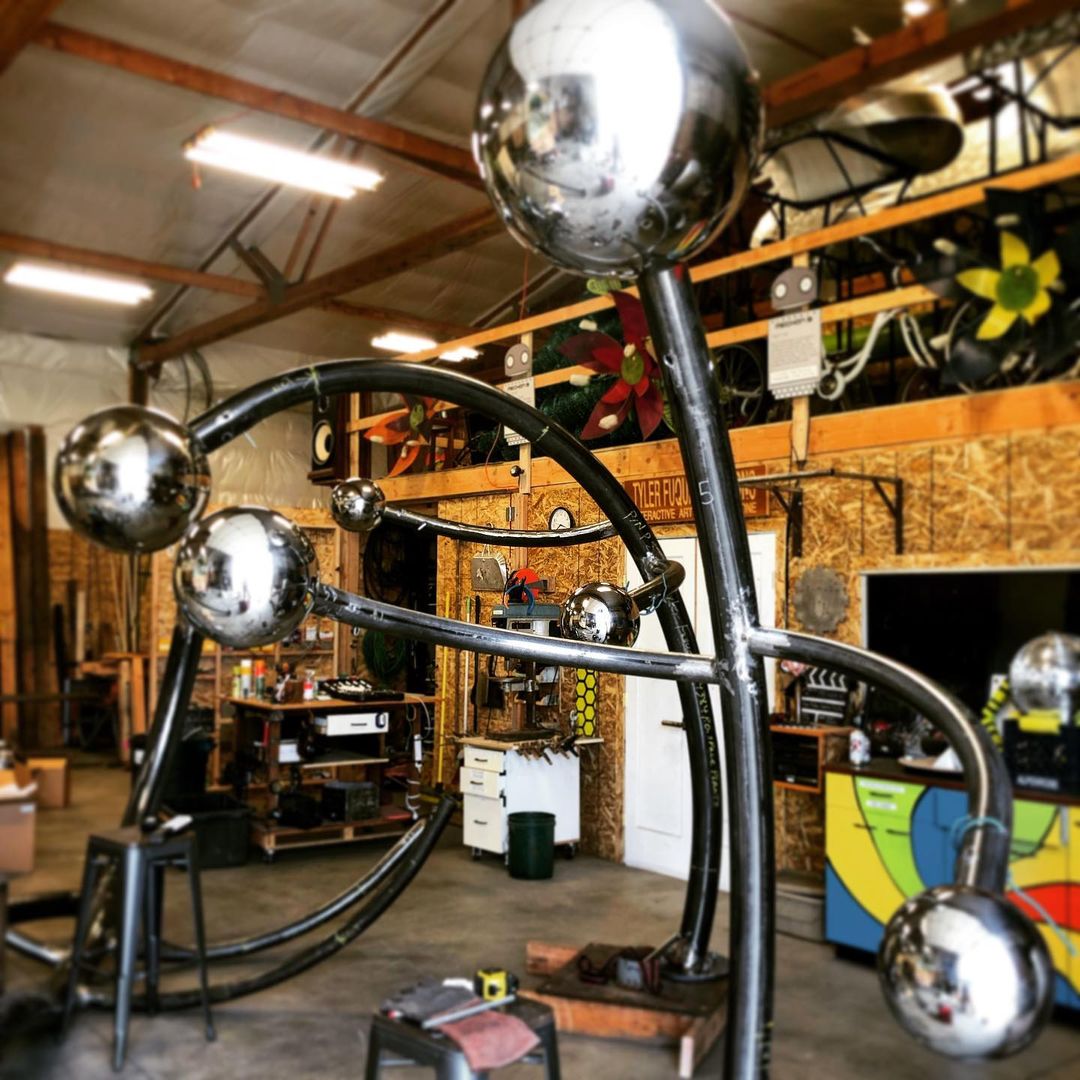With another rotation of this planet called Earth comes another day marked as World Theatre Day, so hug a theatre practitioner in your life—we generally need it.
My first inclination at seeing World Theatre Day coming up on the bend was to talk about the happenings driven by the International Theatre Institute, the world organization that heads the celebration, but more than ever I as a theatre artist and consumer am navigating complex feelings about what theatre is, what I want it to be, and what it means to me.
To not entirely steal the spotlight from this day marking one of our most time-honoured art forms, there is a beautiful collection of theatre from across the globe on video presentation through World Theatre Day’s website. It includes thirty-seven different performances by theatre artists as well as the message from this year’s annual honouree for the celebration, opera and theatre director Peter Sellars. He begins his speech thus:
“As the world hangs by the hour and by the minute on a daily drip feed of news reportage, may I invite all of us, as creators, to enter our proper scope and sphere and perspective of epic time, epic change, epic awareness, epic reflection, and epic vision? We are living in an epic period in human history and the deep and consequential changes we are experiencing in human beings’ relations to themselves, to each other, and to nonhuman worlds are nearly beyond our abilities to grasp, to articulate, to speak of, and to express.”
Sellars explains the necessity of theatre beautifully, especially in the context our world has been situated in. “Theater is the artform of experience,” he states, and it truly centres on the medium’s power, as well as why I myself—and I’m sure others—have felt a bit adrift in our beloved form. In a great number of pockets around the world, traditional theatre experiences have been few and far between. Zoom readings and recorded performances have dominated out of necessity, and while I have been thankful for these means, there has been a lingering phantasm from the experience.
What makes a play special in comparison to a TV show is the experience of shared space. What makes it special from a movie is the liveness of performance. These are baseline tenets of theatre as a form, and while of course they can be played with, the question in our supersaturated world of media comes down to “Why is this a play?” And so as we see varying returns to our spaces and forms, we celebrate the ability to connect once more with humanity and make “true” theatre.
But then another question is begged: “Were we truly connecting before?”
And I pose this not only to theatre creators—though the greatest onus is on us here—but to would-be audiences as well. When we have made the decision to share in this exchange of speaker and listener, of storyteller and witness, of actor and audience, have we truly honoured the weight that this deserves? Or have we merely entertained and been entertained?
This is a rant I have gone into many times in private and in public, and I’m aware it rings of a curmudgeonly art weirdo, but as Sellars seems to express aspects of this feeling, I am encouraged to state that I believe we can do better. Theatre is a magical, transcendental form if we allow it to be. It is a living, breathing medium, and allows us to connect viscerally with others. And therefore our medium can instil values, share messages, and plant seeds in a way no others can. As equally beloved as film is to me, when I allow my mind to play back the memories of my life, they are not screens. They are all alive. And in that way, we have the power of memory.
So let us be memorable.
World Theatre Day is not meant to put feathers in the caps of the 525,600th production of Grease or to pat the backs of the major theatres stuck in a perpetual season. It’s meant to honour not only theatre practitioners but the medium itself. And so on this day, I implore any and all theatre-makers and lovers to honour this form and to remember just what we have to offer.




